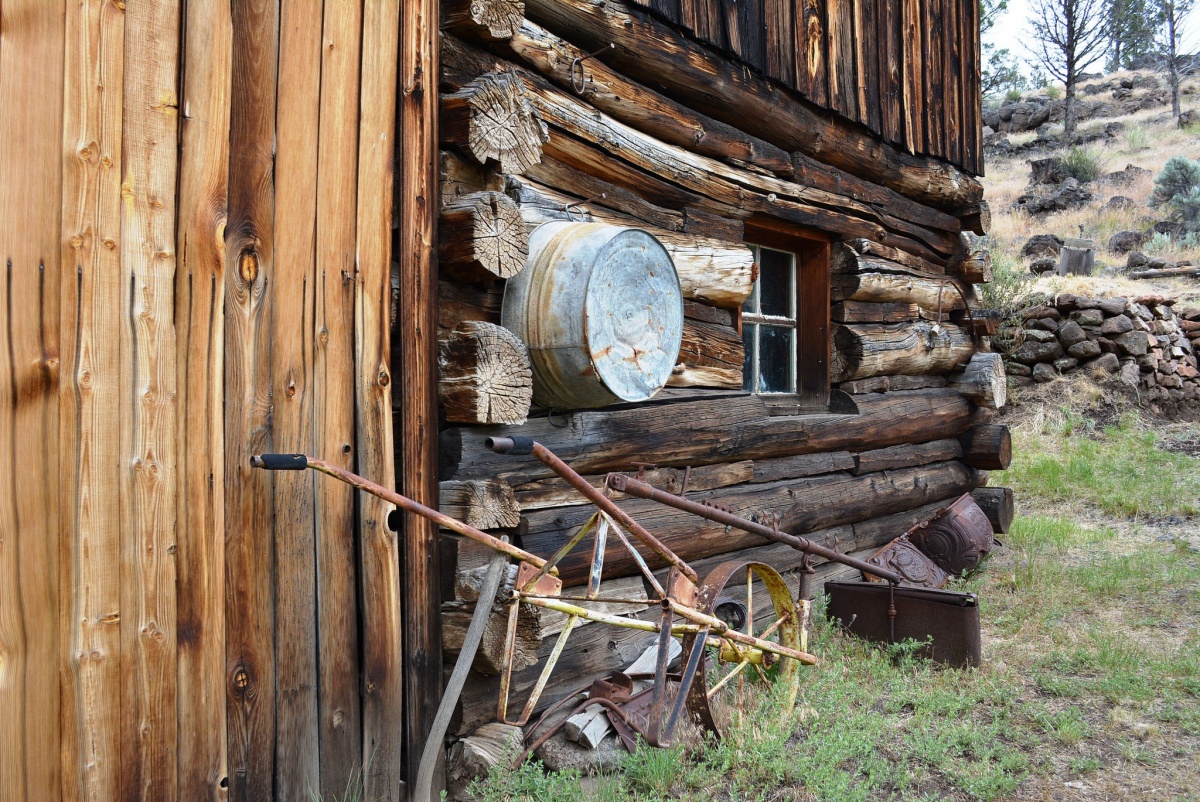About Livestock Grazing on Public Lands
During the era of homesteading, Western public rangelands were often overgrazed because of policies designed to promote the settlement of the West and a lack of understanding of how to care for these lands. In response to requests from Western ranchers, Congress passed the Taylor Grazing Act of 1934 (named after Rep. Edward Taylor of Colorado), which led to the creation of grazing districts. In these districts, grazing use was apportioned and regulated.
At first, livestock management improved, which also slowed the degradation of public rangelands and improvement of watersheds. But during the 1960s and 1970s, the appreciation for public lands and expectations for their management changed. This shift in the approach to land management was made clear by such laws as the National Environmental Policy Act of 1969; the Endangered Species Act of 1973; and the Federal Land Policy and Management Act of 1976.
As a result, the BLM also shifted from managing grazing in general. The agency began to improve the management or protection of specific rangeland resources such as riparian areas; threatened and endangered species; sensitive plant species; and cultural or historical objects. Consistent with this enhanced role, the BLM developed or modified the terms and conditions of grazing permits and leases. The agency also implemented new range improvement projects to address specific resource issues.

